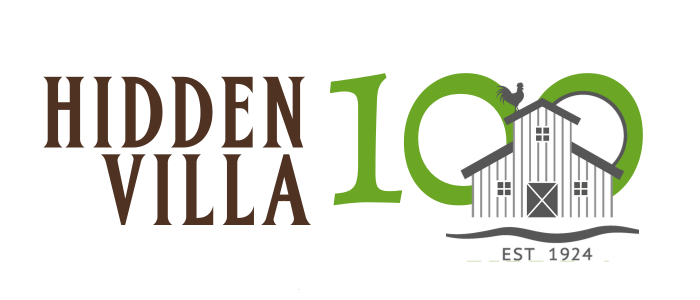See the topics below for descriptions of our Hidden Villa Live! sessions and find out more about how you can reserve this program for your group, school, or family. Group size can be from 2 – 30 participants.
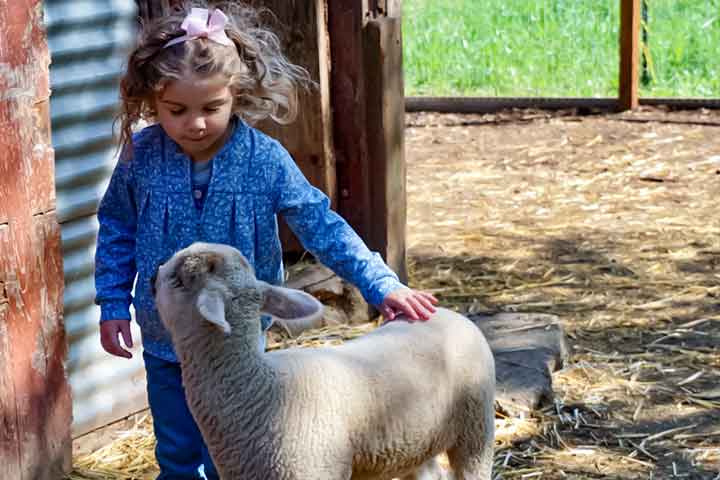
Who Needs What?
Farm Animal Needs & Habitats
Grades: K-2
Age: 5-8 years
This session will allow students to learn all about what it takes to keep a farm animal happy and healthy. From our ranging chickens to our rooting pigs, discover how farmers create habitats for the animals in their care. Healthy animals produce healthier food!
This session connects to Next Generation Science Standards (NGSS): LS1.C, LS4.D, ESS3.A, CCC – Patterns, Stability and Change
For more information on NGSS, see below.
Register Here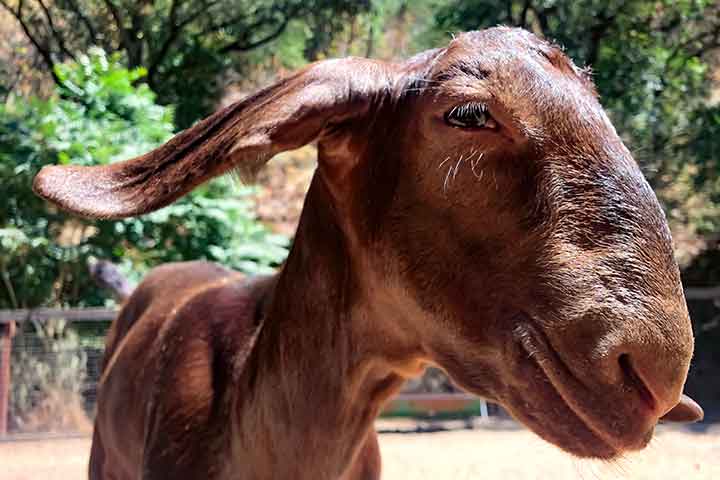
Nature of the Beast:
Farm Animal Adaptations
Grades: 2-5th
Age: 8-11 years
This session is all about adaptations and will have students questioning and wondering about the world around them. They will examine the difference between physical and behavioral adaptations and practice the important scientific skill of comparing and contrasting using our farm animals.
This session connects to Next Generation Science Standard (NGSS): LS1.A, LS4.B, LS4.C, CCC – Patterns, Structure and Function, Cause and Change
For more information on NGSS, see below.
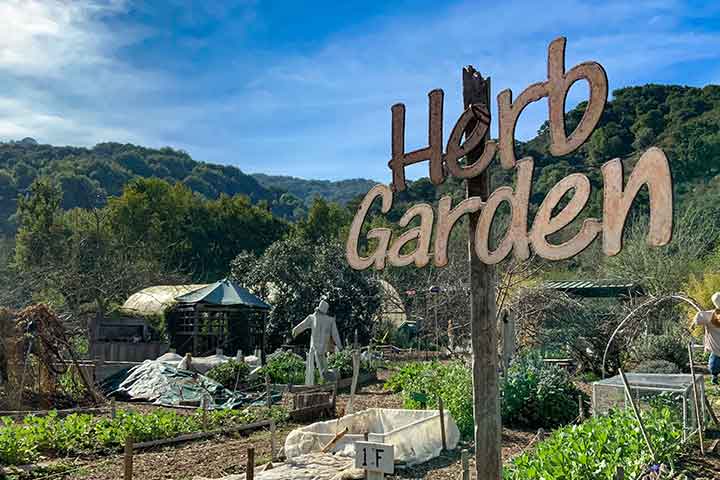
How Does Our Garden Grow?
Garden Plant Needs
Grades: K-2
Ages: 5-8 years
Centered around our beautiful education garden, this session allows students to dive head first into the dirt. Plants are the foundation of animal nutrition so it is important to raise healthy food plants by providing nutrient-rich soil, water, sun and space. By the end of this session students will see what it takes to make plants thrive!
This session connects to Next Generation Science Standard (NGSS): LS1.A, LS1.C, CCC – Cause and Effect, Structure and Function
For more information on NGSS, see below.
Register Here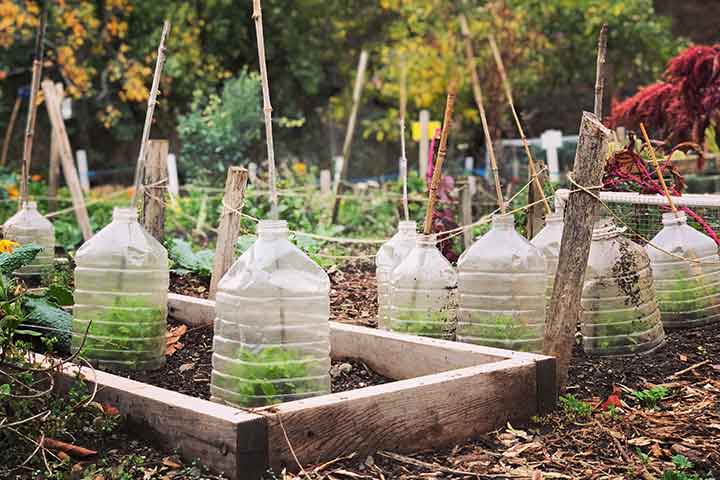
The Three R’s, Garden Style:
Reuse, Renew, and Recycle
Grades: 2-5th
Ages: 8-11 years
Students will learn about the ways in which humans can reuse, renew and recycle, all inspired by the patterns of the natural world. We will delve into the natural processes happening below every forest floor and field and how resources, like water and nutrients, are conserved. Using our garden habitat as an example, see how our resourceful gardeners reuse water, food waste, and repurposed plastic materials into functional necessities for the garden’s health.
This session connects to Next Generation Science Standards (NGSS): LS2.B, ESS3.A, ESS3.C, CCC- Cause and Effect, Patterns
For more information on NGSS, see below.
Register Here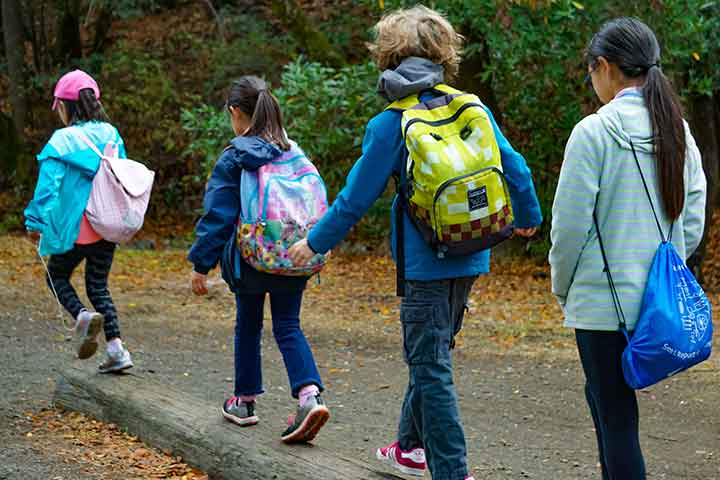
Get Out There with Care:
Going for a Hike
Grades: 2-5th
Ages: 8-11 years
Set students up for success on their next (or first) hike! Besides reviewing basic hiking safety and etiquette, students will get tips and tricks on making observations while out and about, and be introduced to key NGSS crosscutting concepts like patterns, stability, and change as they relate to the ever-changing natural world.
This session connects to Next Generation Science Standards (NGSS): Science and Engineering Practices of Observation, Asking Questions, Making Connections. CCCs: Patterns, Stability and Change, Cause and Effect.
For more information on NGSS, see below.
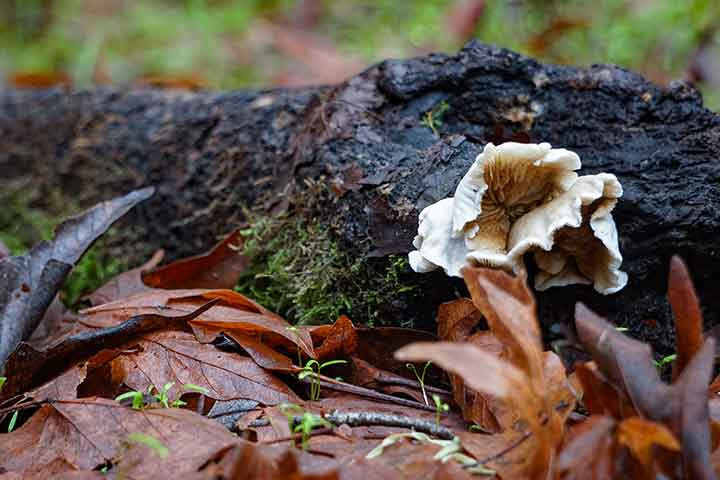
We’re all Connected:
The Great Web of Life
Grades: 2-5th
Ages: 8-11 years
This session is designed to teach students how scientists organize their observations of the natural world. Students will be introduced to living and nonliving, mammalian and reptilian, herbivore and carnivore, and much more. Comparing and contrasting and Arguing from Evidence are some of the scientific skills that will be practiced in this module.
This session connects to Next Generation Science Standards (NGSS): LS1.A, LS2.A, LS2.B, LS4.B, LS4.C, LS4.D, CCC: Patterns, Structure and Function, Stability and Change
For more information on NGSS, see below.
Register Here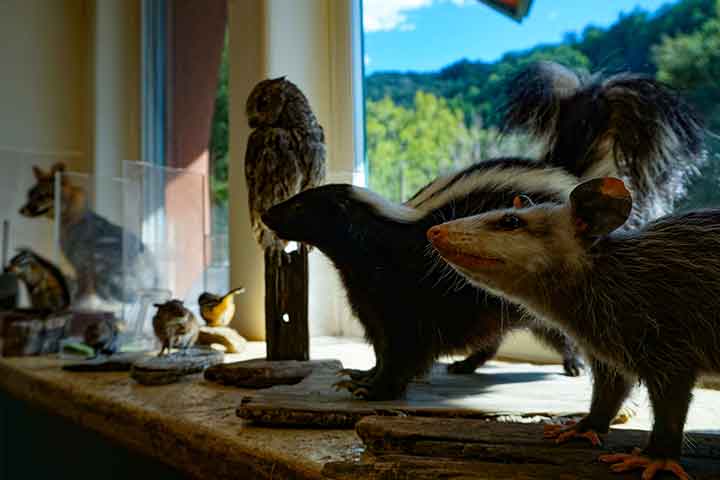
Creatures’ Features:
Tools for Survival
Grades: 2-5th
Ages: 8-11 years
Why can’t all animals fly? Why do some animals hunt at night when it’s dark? How come there are raccoons in the city? In nature, each animal needs to be prepared to survive in their unique habitat. In this session, while practicing NGSS crosscutting concepts like structure and function, students will explore some of the unique physical and behavioral features of our wild neighbors and come to appreciate their amazing abilities.
This session connects to Next Generation Science Standards (NGSS): LS1.A, LS3.A, LS4.B, LS4.C, CCC: Patterns, Structure and Function
For more information on NGSS, see below.
Register HereWhat is NGSS?
(For parents and others who’ve transformed into educators!)
The Next Generation Science Standards are national science standards that take a whole new approach, weaving science into all K-12 education with a focus on critical thinking, methods, and processes with factual content providing support, rather than serving as the only goal. The overall goal is to cultivate students who can readily apply their knowledge and skills to real-world issues.
The Next Generation Science Standards (NGSS) are nationwide standards that are being adopted state by state. California has been a leader in integrating NGSS into our educational system, adding a continuum of science principles and methods that build on one another from Kindergarten through High School. The new standards focus more on critical skills and processes than content, which can be confusing at first.
This approach encourages students to think critically about problems in solutions-oriented ways, in order to better confront the challenges that lie ahead for them, such as mitigating the effects of climate change and addressing social inequality in meaningful ways. This new way of approaching science and education has come with its struggles but is ultimately extremely rewarding and valuable.
NGSS is broken into three essential parts:
- Science and Engineering Practices [SEPs] – these are the skills that help your student observe, question, and make connections with the world around them.
- Disciplinary Core Ideas [DCIs] – these are the big picture ideas about life science, earth systems, etc. that then dive deeper into the content students learn and discover.
- Cross-Cutting Concepts [CCCs] – these connect ideas and practices together and span across all grade levels and subject areas. For example: using patterns to relate a science topic to a historical context, or linking causes to their effects.
These three pieces make up NGSS and will be referred to throughout our program lineup. We hope whether you are a professional educator or a parent or guardian, you too are excited to help immerse your students in these important topics and standards we have to offer… bringing the wonder of the outdoors to your home or classroom.
Learn more at www.nextgenscience.org
